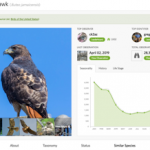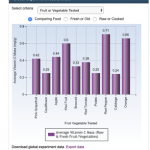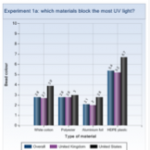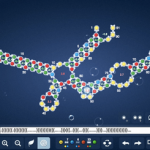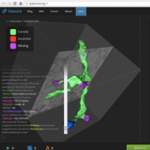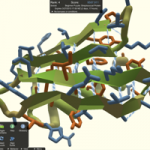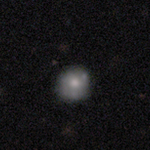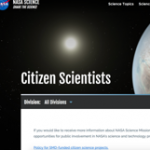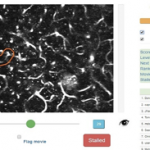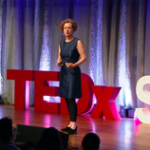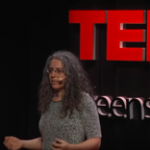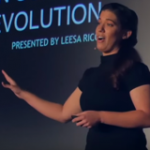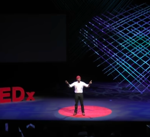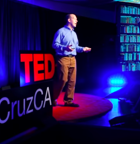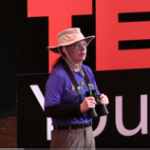Citizen science can be a fun and engaging way to bring real research projects into your classroom. Bring hands-on experience into the classroom that has real world applications and allows students to contribute to ongoing research. Explore how citizen science projects can be used to boost classroom learning about data collection, analysis, and interpretation. Discuss and explore how individual teachers or schools can design and set up their own projects in their community to build their own long-term data sets.
Below is a list of citizen science resources that can be used to bring science to life for your students.
Classroom Resources
Database to document biodiversity of plants, animals, insects etc. Specific classroom missions, or contribution to local, national, or global missions.
Participants measure and upload the mass of vitamin C in various foods. Classroom data can be compared to data from around the globe.
Experiment with different materials to discover which blocks UV light best.
Gamified Research
Data collection about perceived color differences.
Design RNA strands and see their tertiary structures.
Map neuron connections, understand structure and function of different tissues.
Protein folding and differencing in amino acids.
Classifying galaxies by shape.
Many projects spanning a variety of topics all seeking citizen scientists to participate.
Identify blood blockages in the brain to help Alzheimer’s research.
Video Resources
You don’t have to be a professional scientist to make a contribution to our collective knowledge. Today, we look at several projects that have benefitted from the power of citizen science!
After three world-class scientists broke down and wept as they told science writer Hannibal about the alarming findings of their research on extinction, she knew she had to do something. Now the citizen scientist and Stanford Media Scholar is showing us how each of us can contribute to saving endangered plants and animals, one iPhone app and observation at a time.
Science is not just for scientists. There are ways that everyone can be involved and contribute.
Science is not just for specialists. Many new and important scientific discoveries are being made by “citizen scientists,” non-professional researchers, who contribute data and observations to our collective knowledge of the planet and beyond.
With the social platforms and technologies of the 21st century, more and more individuals are able to participate in scientific research and activities. In ocean conservation, these “Citizen Scientists”, including divers and snorkelers, can help to monitor the health of our oceans.
Evolutionary biologist and writer Rob Dunn humorously explores citizen science, big data, and the yet undiscovered world around, and even ON, us.
You don’t need a degree to do scientific research; check out the Citizen Science website, find a topic of interest and join people from all over the country in collecting data and contributing to innovation and progress. In this TEDx Youth talk, high school senior Emilee Weir talks about citizen science projects. Emily’s ultimate goal is to start an avian-based research-and-design company after spending time as an aircraft designer.

